Coir blankets consist of a thick layer of coconut fibers that are stitched together with biodegradable thread to form a mat. The primary function of these blankets is to prevent soil erosion and stabilise soil.
Coir blankets create an optimal environment for vegetation growth. Seeds or plants can be embedded into the blanket for easy germination. The coconut fibers retain moisture within the blanket, promoting a humid environment for plants to grow.
The coir erosion control blankets are thicker and have a denser weave compared to the mesh rolls. They filter sediment runoff and other pollutants from reaching waterways.
Available Options:
- 1m x 10m (Latex Coated, PP Stitched, Jute Stitched)
- 1m x 20m (Latex Coated, PP Stitched, Jute Stitched)
- 2m x 20m (Latex Coated)
How Coir Blankets Work
Coir blankets are laid over in areas that are prone to erosion and need soil stabilization. They act as a protective layer, keeping the soil in place, allowing rainwater and wind to flow through.
These blankets also act as a natural filtration system. As runoff flows through the blanket, it passes through the fiber matrix, which traps sediment and other pollutants. This process improves water quality downstream by reducing the amount of sediment. reaching rivers, lakes, and other sensitive ecosystems.
As the blanket biodegrades, it provides an organic growing medium for seeds to root. The moisture-retaining properties of coconut fibers ensure consistent hydration for healthy vegetation establishment.
Types of Coir-Based Blankets and Their Applications
HEIGER offers coir-based erosion control blankets with different stitching and coating variations. Here’s a breakdown of each type and where they are most effective:
Latex-Coated Blankets
Latex-coated blankets are coated with natural rubber latex. This enhances the longevity of the coconut fiber structure. This coating also provides better resistance to water compared to other blankets.
Best for: Ideal for projects requiring long-term erosion control solutions.
Recommended Applications:
- Roadside embankments and highways
- Large-scale construction projects
- Areas prone to extreme weather conditions
Jute-Stitched Blankets
Jute stitching blankets ensure 100% biodegradable integrations with zero synthetic materials. They allow faster vegetation establishment while providing short to mid-term erosion control.
Best for: Eco-sensitive areas, projects with moderate erosion levels
Recommended Applications:
- Riverbanks and wetlands restoration
- National parks and conservation projects
- Eco-sensitive landscapes requiring fully organic solutions
Polypropylene (PP)-Stitched Blankets
Polypropylene stitching offers stronger reinforcement and greater tensile strength than jute stitching. These coir blanket options provide an erosion control solution with a longer lifespan.
Best for: Projects with extreme erosion areas and climatic conditions.
Recommended Applications:
- Steep slopes and hillsides
- High-flow stormwater channels and drainage areas
- Mine site rehabilitation and heavy-duty erosion control
Why Choose HEIGER Coir Blankets?
Unmatched Strength & Performance
HEIGER’s coir-based blankets are designed with durability in mind. Our engineers use advanced needle-punching techniques and special compression methods. The result is a tightly woven blanket that withstands the toughest environmental conditions.
Premium Sri Lankan Coir
We source high-quality and well-aged coir from Sri Lanka. These longer and thicker fibers offer exceptional strength and water retention. We stringently utilise aged coir to improve stability and water-holding capacity. Our blankets are assured to be more effective and last 2x longer than other blankets in the market.
Trusted for Australian Projects
HEIGER Coir Blankets are widely used in government, infrastructure, and environmental restoration projects. Rigorously tested for Australian conditions, they provide eco-friendly, high-performance erosion control solutions.
Shop Coconut Erosion Control Blankets Online
HEIGER offers premium erosion control blankets with wholesale pricing and fast delivery. We deliver to all major states such as New South Wales, Victoria and Western Australia. Buy coir blankets online from Australia’s best coir blanket supplier and take a step towards sustainable erosion control today.
FAQs about Coir Blankets
What is a Coir Blanket?
A coir blanket is a natural geotextile made from coconut husk fibers. It prevents erosion, stabilizes soil, and enriches the ground as it decomposes.
Are Coconut Erosion Control Blankets Effective?
Yes. When installed correctly, coconut erosion control blankets significantly reduce erosion and sediment loss.
How do I install coir blankets correctly?
Coir blankets should be laid directly over the soil surface, with the edges overlapping by at least 10–15 cm. Secure the blanket using biodegradable pegs or steel pins, especially along slopes or windy areas. Ensure the blanket stays in full contact with the ground for best results.
How Long Do Coconut Erosion Control Blankets Last?
Typically, they last between 12 to 36 months, protecting against heavy rains and strong winds.
Can These Blankets Be Used on Slopes?
Yes, coir-based blankets are excellent for slopes and embankments. The dense weave (typically 1000 GSM) holds soil in place, providing necessary stability. They are a good measure against landslides and erosion in slope areas.
What’s the Difference Between Coir Blankets and Coir Mesh?
Coir blankets are thicker and denser, offering better soil retention. Coir mesh, on the other hand, is lighter and better suited for high-flow water areas.
Do coir blankets control weeds?
While not specifically designed as weed barriers, coir blankets can suppress weed growth. They can reduce sunlight penetration to the soil surface.
When Should I Choose a Latex-Coated Coir Blanket?
Choose latex-coated blankets when you need long-lasting slope stabilisation. The latex adds extra resilience against harsh environmental conditions.
Are PP-Stitched Coir Blankets Environmentally Friendly?
PP-stitched blankets are mostly biodegradable. However, the polypropylene stitching itself does not decompose naturally.
Can I plant seeds underneath or on top of the blankets?
Yes. Seeds can be planted directly underneath or within the weave of the blanket. The fibers hold moisture and protect seeds from runoff and wind, giving them a stable environment to germinate.

 Coir Logs
Coir Logs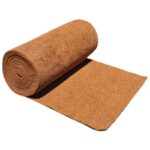 Coir Blankets
Coir Blankets Coir Mesh
Coir Mesh Jute Matting
Jute Matting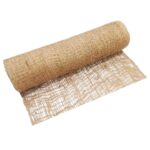 Jute Mesh
Jute Mesh Silt Fences
Silt Fences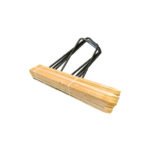 Accessories
Accessories Raised Garden Beds
Raised Garden Beds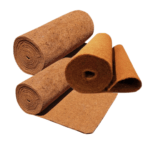 Weed Mats
Weed Mats Biaxial Geogrid
Biaxial Geogrid Uniaxial Geogrid
Uniaxial Geogrid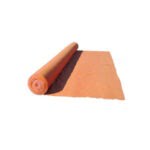 Non Woven Geotextiles
Non Woven Geotextiles Sand Containers
Sand Containers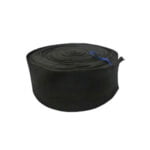 Silt Socks
Silt Socks Dewatering
Dewatering Drain Filters
Drain Filters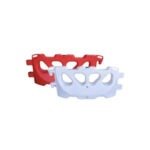 Water Filled Barriers
Water Filled Barriers Edge Protection Barrier
Edge Protection Barrier Hoarding Panels
Hoarding Panels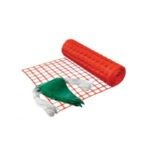 Barrier Mesh & Bunting
Barrier Mesh & Bunting Star Picket Posts & Accessories
Star Picket Posts & Accessories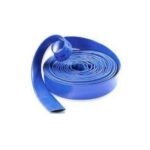 Flood Tubes & Stabilizers
Flood Tubes & Stabilizers Sandbags
Sandbags

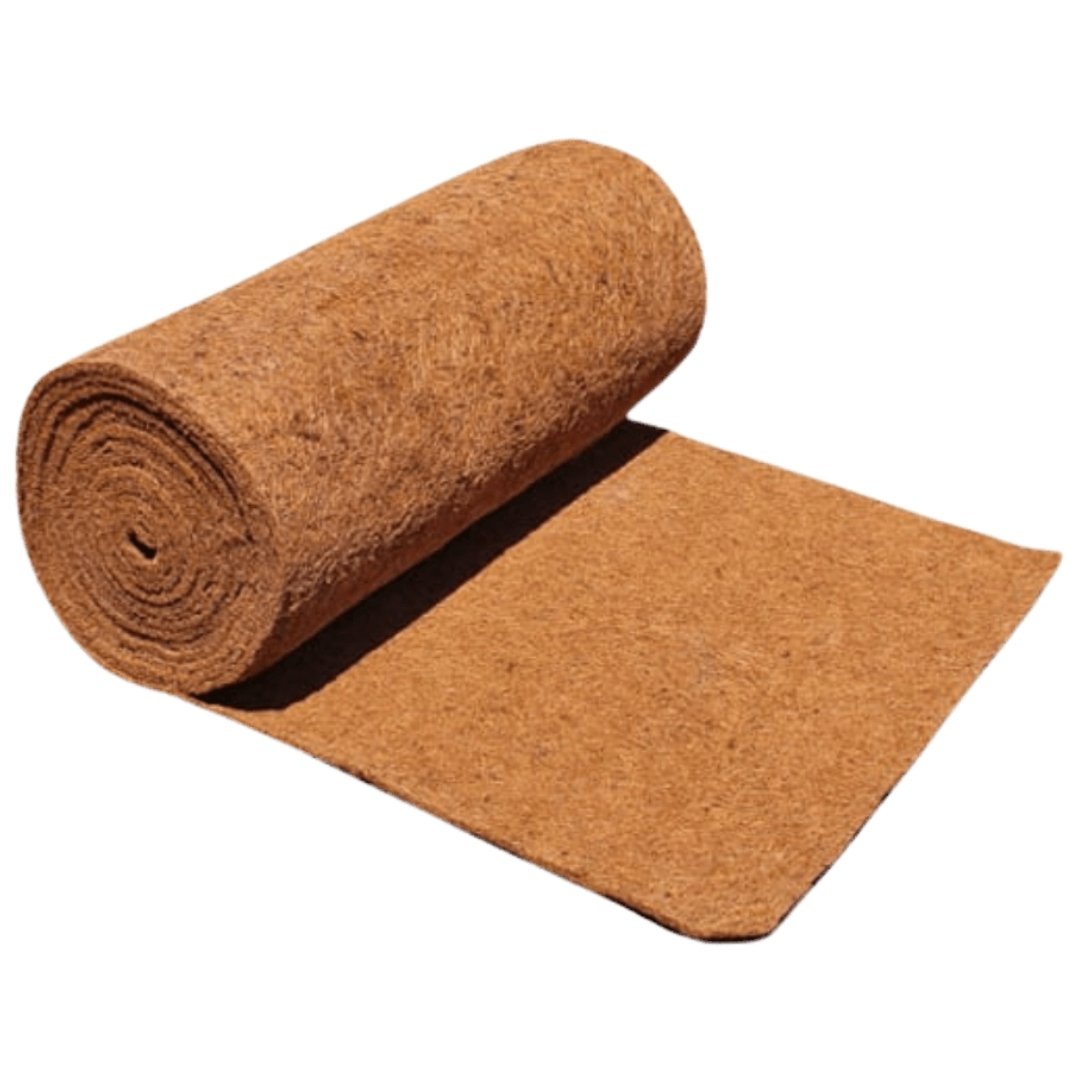




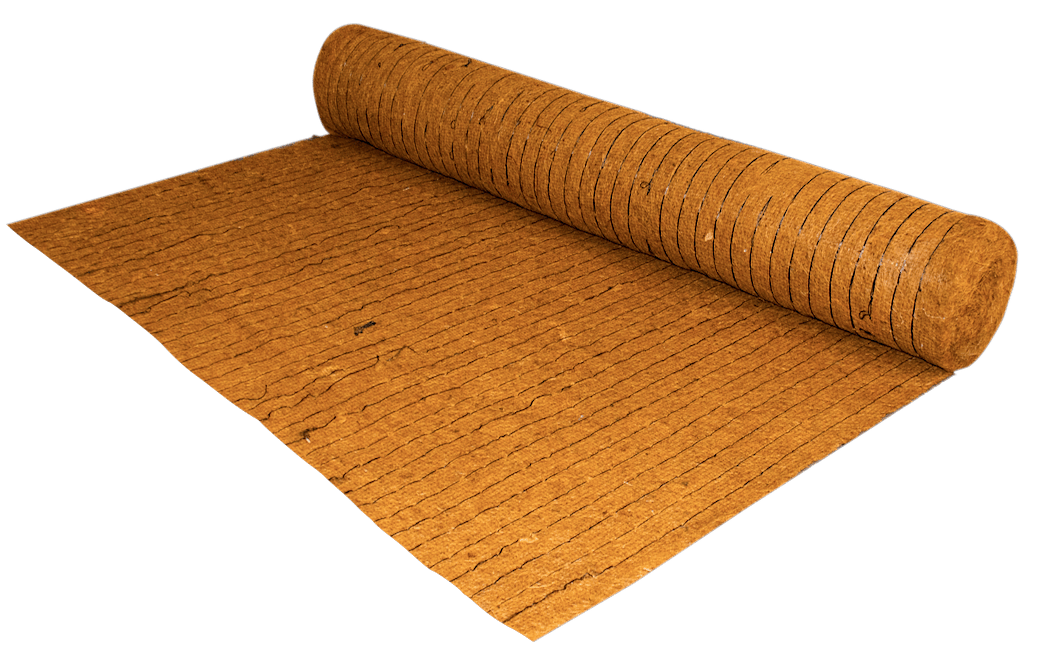
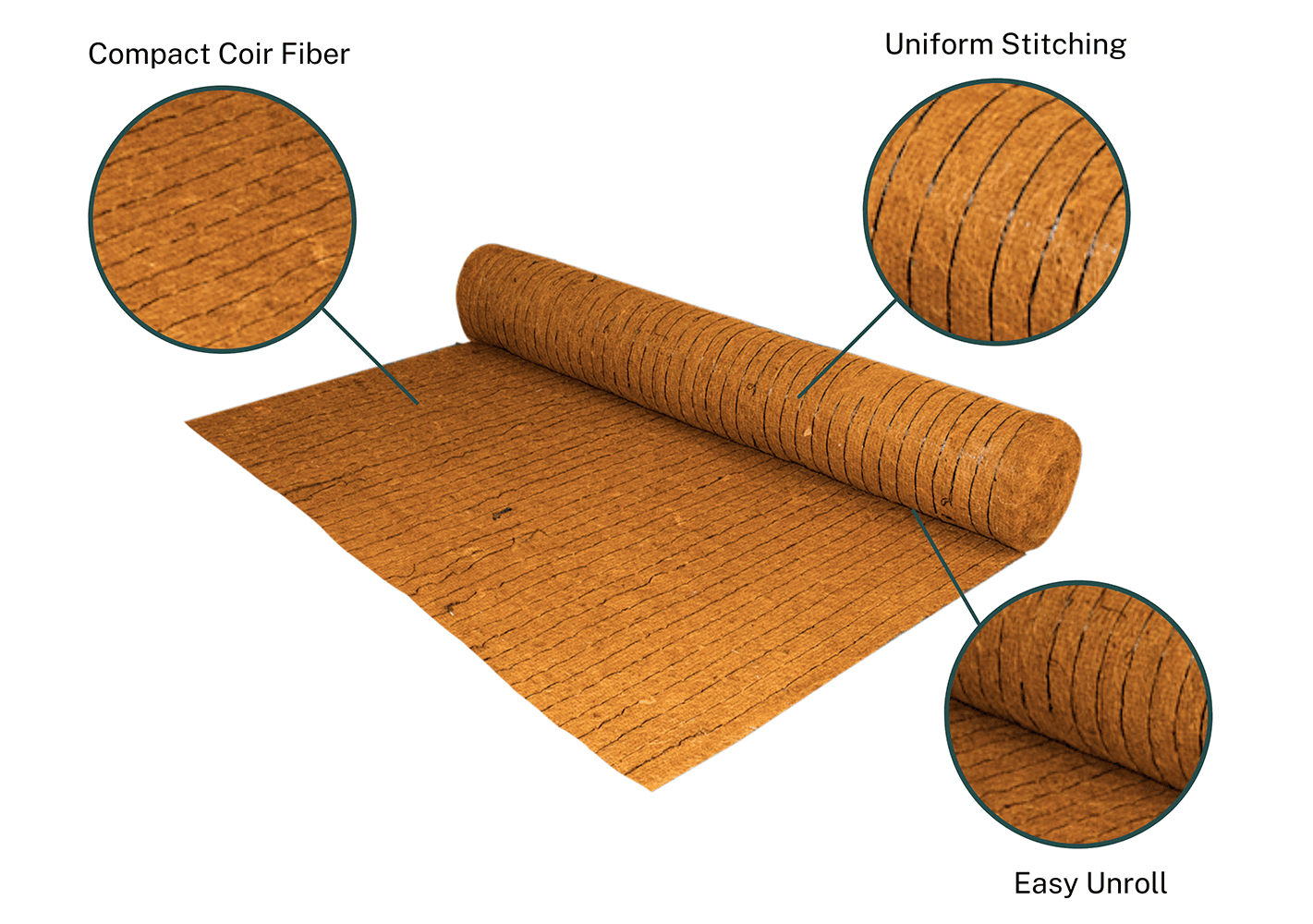
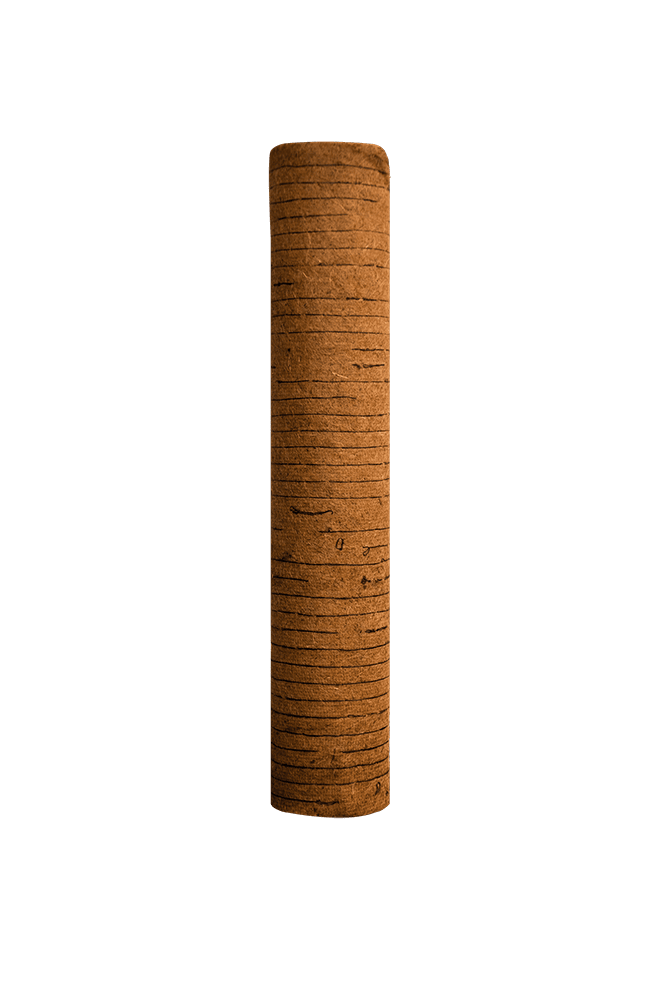
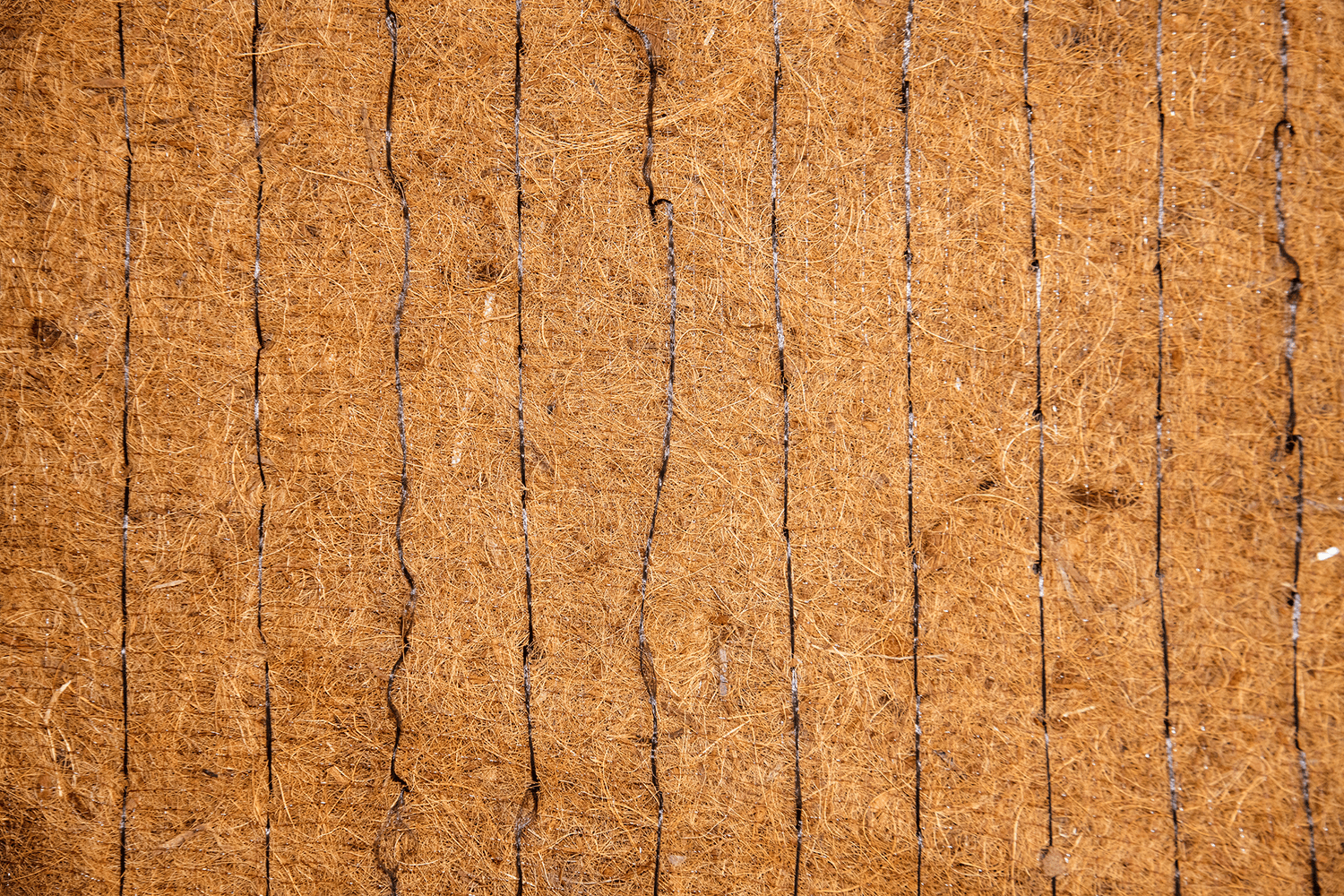
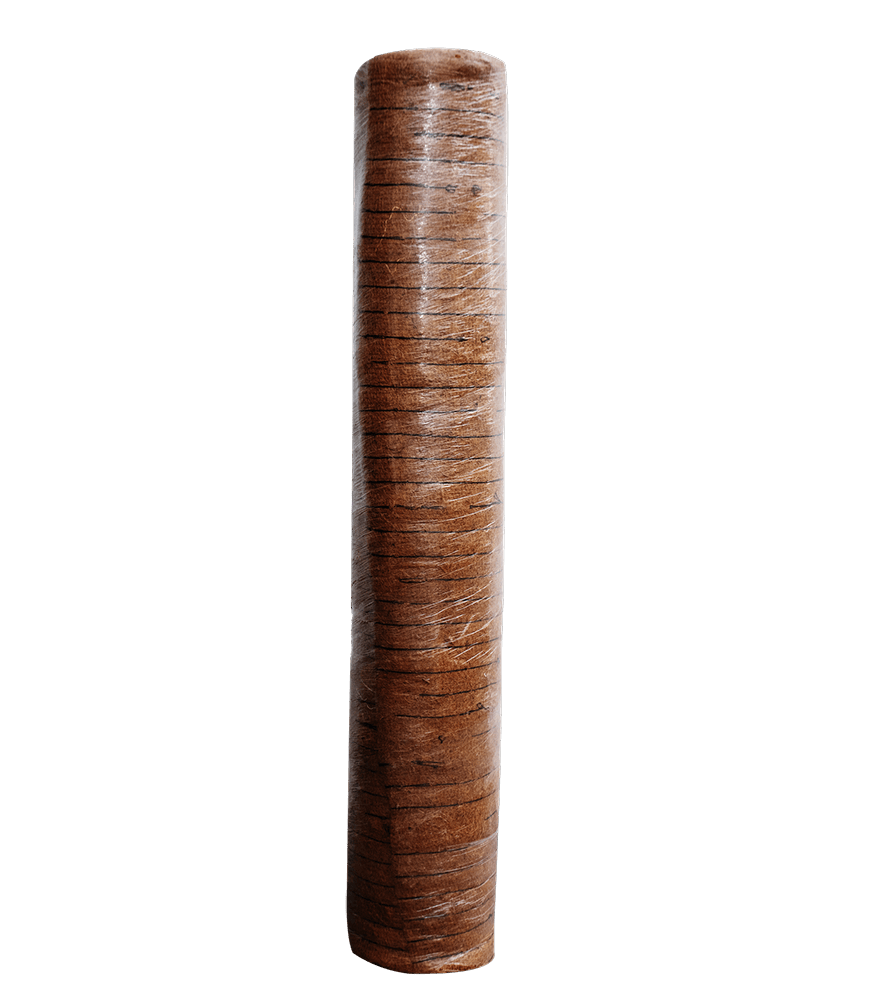

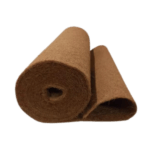



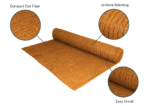

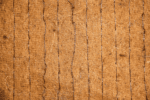
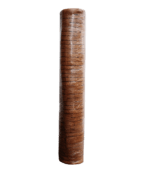
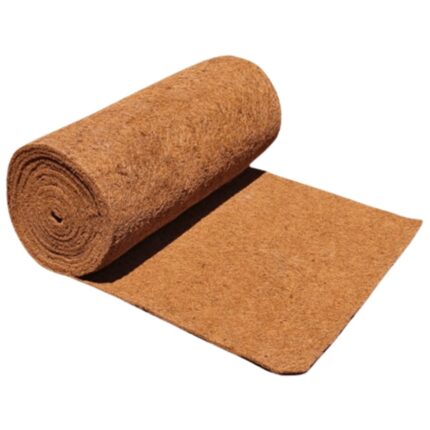





Reviews
There are no reviews yet.